Yorkie Breed Information
Yorkshire
Terriers, or Yorkies as they are more generally known, are little dogs
with BIG personalities! The best five words to describe them are
adorable, sassy, intelligent, headstrong, and pampered.
Yorkies
are always in the top ten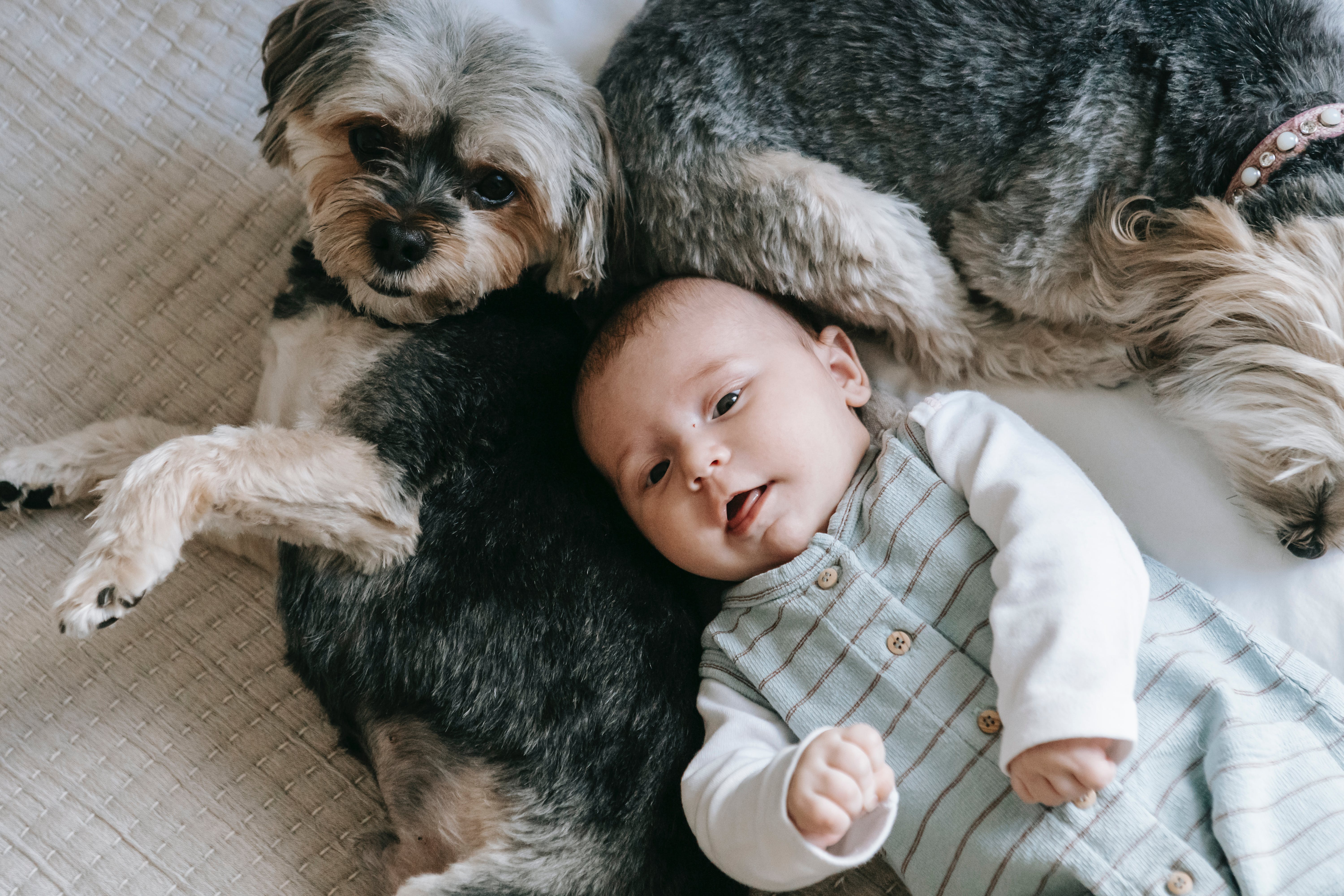 most popular dog breeds, and it's simple to
understand why! They are adaptive, friendly, and hypoallergenic. most popular dog breeds, and it's simple to
understand why! They are adaptive, friendly, and hypoallergenic.
This
breed thrives in a variety of settings, and their small stature makes
them excellent for apartment life. Depending on whether the hair is
maintained long in a typical show coat or clipped short in a "puppy
cut," grooming might vary. To maintain their silky coats neat and tidy,
this dog requires regular brushing.
It's
enjoyable to keep the long bangs out of their eyes with a top knot or
adorable bow, but it's not required. Yorkie fur is remarkably similar
to human hair and does not shed, making them an excellent alternative
for anyone who is allergic to dogs Setareh Yorkies is a comprehensive
source for Yorkshire Terrier breed information. Learn about the
temperament, characteristics, grooming needs, and health considerations
of owning a Yorkie through our informative articles and resourcesin
general.
Grooming
is quite simple, aside from brushing their hair. Keep your Yorkie's
nails cut, their teeth clean, and wash them every 2-3 weeks. Yorkies
have minimal body fat and can become chilly rapidly, thus a blouse or
sweater is advised for your puppy.
These
dogs are fantastic friends. Yorkies enjoy to be with their people and
get devoted to the family members with whom they spend the most time,
whether you're searching for a lap dog, a purse puppy, or simply
someone to keep you company. You can guarantee they'll be on the
cushion next to you if you're sitting on the couch!
Yorkies,
despite their eagerness to please, may be a little obstinate. When it
comes to obedience training, this is commonly mistaken as being stupid,
although this is far from the case! They are quite intelligent and
merely want to understand why you want them to do something. When you
offer them a command, they need to know you're serious. If people
believe it is only a recommendation, they may be hesitant to obey! From
an early age, they must understand that you are in control and that you
are looking out for their best interests.
Another
myth about Yorkshire Terriers is that they are yappy tiny dogs.
It honestly depends on the Yorkie. We have one that is a yappy
little dog (Cindy) and one that is a lot more quiet (Gabby). The same
may be said regarding aggressiveness; if properly taught, the majority
of Yorkies will become wonderful family dogs with no behavioral
difficulties. Positive reinforcement is strongly advised for their
training.
Yorkies are
delicately constructed, having been raised to be tiny and slim in order
to squeeze into fox holes and pursue mice. Despite the benefits of
their small size, they still demand a softer home environment than
other dogs. If any of the following apply to your lifestyle, this breed
may not be right for you:
*Your kids prefer to roughhouse and/or
don't know how to treat animals gently.
*You want a dog to accompany you on
hikes, camping trips, boating trips, or in the back of your pickup
truck.
*Dogs aren't permitted inside or are
expected to spend significant periods of time outside.
*You want a security dog to keep
intruders out of your house.
*You have an aggressive or huge dog.
*You don't intend to bring your dog
with you when you relocate.
*It's unrealistic to expect 1-5
minutes of grooming time every day.
If
any of these qualities apply to you, a Yorkie may not be a suitable fit
for you, or you may need to make some lifestyle changes to ensure your
puppy is safe and happy. If you have any questions, please do not
hesitate to contact
us.
Hypoglycemia
All
toy breed puppies are susceptible to hypoglycemia, or low blood sugar.
The disease is sometimes misdiagnosed by veterinarians who are
inexperienced with toys as viral hepatitis or encephalitis. It's
critical to recognize the signs of hypoglycemia and know how to manage
it as a toy breeder or pet owner. Hypoglycemia is manageable in the
early stages, but it can be deadly if left untreated. Because of their
owner's or veterinarian's ignorance, many puppies die prematurely as a
result of hypoglycemia.
Slowing down and then acting listless
are the initial signs of hypoglycemia. The puppy will shake or shiver
as a result. This is a reflex that occurs when the brain is depleted of
glucose. A blank face and the puppy resting on his side follow
the shaking. He might also have convulsions. The puppy will eventually
fall comatose. The tongue and gums will be a grayish/blue tint, and his
body will be limp and lifeless. The temperature of the body will be
abnormal. It's possible that the puppy will appear to be dead.
Treatment
is straightforward if identified early on. Rub Nutri-Cal on the puppy's
gums, beneath the tongue, and on the roof of the mouth (Caro syrup
would suffice if you don't have Nutri-Cal). (It's generally preferable
if you use honey.) Use a heating pad or blanket to gradually bring the
puppy's body temperature up to normal. All is good if the puppy
replies. Feed a high-quality canned food to the puppy straight away
(you may wish to combine it with egg yolk), and then keep an eye on him
to make sure the problem does not repeat. If at all feasible, get rid
of the tension that created the event.
Treatment is more
difficult if the disease is discovered in its later stages. Assume that
the puppy is still alive. In the mouth, rub Nutri-Cal or Caro, and
gently place a tiny bit in the rectum. Slowly bring the puppy's body
temperature up to normal (101-102 degrees F) and keep him comfortable
with gentle heat. If the puppy still does not respond, carefully eye
drop a little amount of dextrose solution or Caro water into the
animal's mouth. Make a phone call to your veterinarian and tell him you
have a hypoglycemic puppy. He'll make a warmed dextrose solution to
inject subcutaneously and may start an IV drip for your puppy. Make a
request for a fecal examination. Intestinal parasites like as worms,
coccidia, or giardia may be present in your puppy and must be treated
right away. Antibiotic therapy may be required if a bacterial or viral
infection is present. If your puppy has had glucose injections, it is
likely that he should be treated with antibiotics to prevent infection.
As your puppy heals, your vet will most likely suggest a prescription
canned food such as a/d. You may finger feed the a/d straight from the
can, with Pedialyte added to the drinking water. In addition, you must
keep the puppy warm at all times. Of course, exercise caution and avoid
overheating to avoid dehydration.
In extreme circumstances, you may need to force feed a/d for a short
period of time while adm inistering
Pedialyte via a dropper. B vitamins can help to increase appetite. As
your puppy's health improves, he'll start eating on his own, and you
may gradually resume feeding him his usual food. inistering
Pedialyte via a dropper. B vitamins can help to increase appetite. As
your puppy's health improves, he'll start eating on his own, and you
may gradually resume feeding him his usual food.
It's crucial to
remember that just because a puppy suffers a hypoglycemic episode
doesn't indicate the dog is actually "hypoglycemic." True hypoglycemia
is a long-term condition induced by the pancreas producing too much
insulin. Toy pups can experience isolated hypoglycemia episodes in
response to stress, even if their pancreas is usually functioning.
Hypoglycemic episodes are usually often preceded by some form of
stress. Weaning, teething, immunizations, a change in surroundings,
transportation, over-handling, freezing temperatures, intestinal
parasites, illnesses, anorexia, and other frequent stressors are only a
few examples. Many pups just play too hard, causing their systems to
get stressed or forget to eat. When a female in heat is around, I've
heard of young males developing hypoglycemia. They become so
preoccupied with the female that they forget to eat, and their blood
sugar levels plummet.
In times of stress or when they do not
feed frequently, little dogs sometimes lack the fat reserves needed to
provide enough glucose. When a puppy hasn't fed for several hours,
hypoglycemia is the most common symptom. However, this isn't always the
case. Though a puppy's system is strained and the food has not been
digested and absorbed, he might display signs of hypoglycemia even if
he has recently eaten. It's critical to "free feed" high-quality food
to toy pups. Toy pups just have too much energy to be kept on a
rigorous eating regimen. When they reach adulthood, they can be shifted
to scheduled feedings, but they must have constant access to food and
water when they're still pups If you want to feed your puppy canned
food, you can do it on a schedule but have kibble available at all
times.
The following is a list of key reminders:
1) Have
Nutri-Drops, Nutrical honey, or Caro (Corn Syrup) on hand at all times.
This is the fastest approach to bring a hypoglycemic puppy back to life.
2)
Rub Nutri-Drops or Caro on your puppy's gums, beneath his tongue, and
on the roof of his mouth IMMEDIATELY if you see him growing listless or
laying on his side and acting unresponsive. Using a heating pad,
gradually bring him up to normal body temperature. As soon as he
reacts, feed him. If the puppy does not respond promptly, contact your
physician.
3) Keep your dog from cooling, parasite-free, and stress-free.
4) Make sure your puppy eats frequently and maintains a healthy weight.
5)
Don't handle your puppy excessively. Make sure he gets enough rest and
alone time. Puppies, like other newborns, require a consistent routine
of rest, food, play, and toilet breaks.
Click on the images below to purchase:
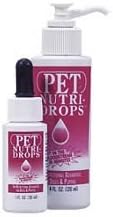 
Diet/Nutrition
Water:
You need to make sure your puppy has access to fresh water at all
times. The bowl should be cleaned daily using very hot water and
dish detergent to prevent the buildup of bacteria.
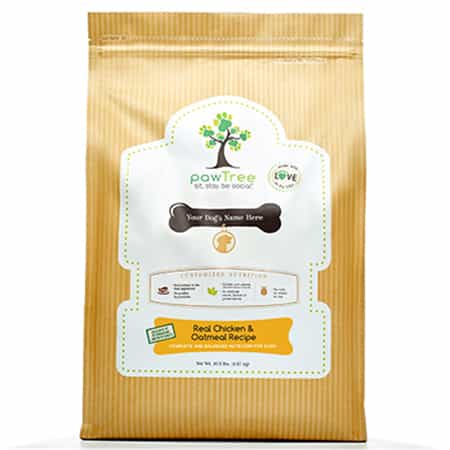 Food:
Your puppy has been eating Paw Tree Chicken & Oatmeal Recipe. Paw
Tree Chicken & Oatmeal Formula is formulated with select
ingredients to help your puppy grow and thive. With Paw Tree, you
can be confident that you're feeding advanced nutrition to help your
puppy achieve and maintain optimal health. Food:
Your puppy has been eating Paw Tree Chicken & Oatmeal Recipe. Paw
Tree Chicken & Oatmeal Formula is formulated with select
ingredients to help your puppy grow and thive. With Paw Tree, you
can be confident that you're feeding advanced nutrition to help your
puppy achieve and maintain optimal health.
We
recommend free feeding your puppy dry kibble until they are about 4
months old. Your puppy has also been given access to Purina One
Canned Pupppy Food as well 3 times a day. We recommend
keeping your puppy on the same food for at least 9 weeks following
their arrival in your home. If you are going to switch foods, we
recommend doing so gradually over a 9 day period so as not to get an
upset stomach. Please do not feed generic feeds such as Purina,
Pedigree or OlRoy as these are full of fillers and make your baby poop
a lot more as their bodies cannot handle or use the fillers.
It
is normal for the first few days for your puppy to not have an
appetite. Due to hypoglycemia we recommend trying to feed
anything they will eat if they won't eat their kibble, boiled chicken
breasts, beechnut baby meat foods. If they still won't eat,
please give them Nutrical or Nutri-drops periodically. Please
contact us if you are struggling to get them to eat in their new
home. Generally we don't release them to their new homes until
they are weaned and eating great on their own, but going to a new home
if a stressful event.
For the first week, I recommend giving a small glob of the nutrical
twice a day as a preventative measure.
It
is not advisable to feed your dog any type of human food. If you want
to offer your dog a treat, be sure it's one made specifically for him
and not for you. Freeze dried meat or fish are the ideal treats for
your dog. There are no additives or colorings in this beef.
Chews
are beneficial to your dog, but avoid giving him rawhide since it falls
off in large chunks and can strangle him. Any snacks or chews produced
in China should be avoided, and you should shop local as much as
possible. Request raw meaty bones, particularly for dogs, from your
local butcher. Bully sticks, pig ears, chicken feet, and cow feet are
all examples of bully sticks.
The concept that canine diets
should be grain free may have come about due to certain allergy
concerns as well as the knowledge that dogs are carnivores and should
be consuming a diet containing a considerable quantity of meat. Of
course, many manufacturers were quick to promote this new fad diet and
keen to cash on truly worried pet owners.
The issue is that no
considerable research has been done on these grain-free diet feeding
programs for dogs. Grain-free dog food, in reality, is causing more
damage than benefit, according to several veterinarians and even the
FDA. The worry is that when grains are removed from the dish, another
filler must be added to replace them. Carbohydrate-rich fillers, such
as peas and lentils, have been related to Dilated Cardiomyopathy (DCM),
diabetes, and other major health problems in dogs.
When
selecting for dog food, make sure you verify the ingredients and
conduct research. Look for a recognized brand that isn't available at
your local supermarket. Your neighborhood feed store is a terrific
source of high-quality dog food, as well as helpful advice.
Mix
1/3 of the new dog food with the old or current dog food when
introducing new dog food to your puppy or dog. Continue to mix and
gradually introduce more of the new meal. This will help your dog
prevent stomach problems. I recommend transitioning over a 7 day
period.
Some of the brands I trust:
Paw Tree (By Far Our Favorite)
Blue Buffalo Small Breed
Acana (Grain Inclusive line only)
Nature's Domain Small Breed Formula (Adults)
There
are many more safe brands available; simply see your veterinarian if
you have any worries or queries about your puppy's or dog's food.
For
more information on the problems with grain fee diets you can look at
the following articles: Grain
Free Pet Food: Helpful or Harmful Diet? , FDA
Investigation into Potential Link between Certain Diets and Canine
Dilated Cardiomyopathy | FDA
Click on the images below to purchase:
 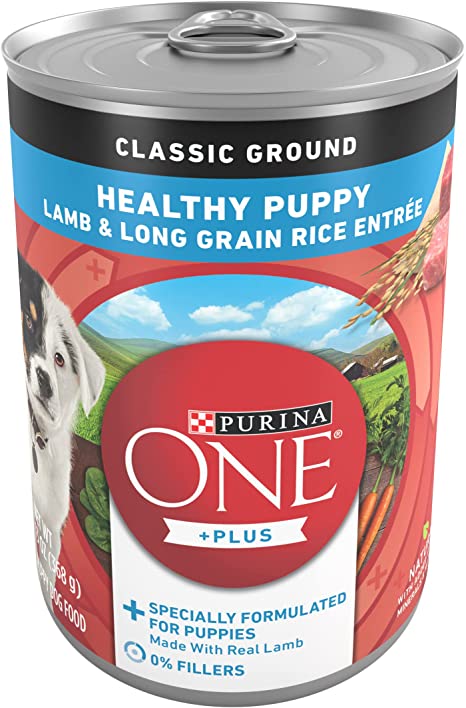



Dental
Care:
Without
regular dental care, any dogs can develop dental problems, but Yorkies
are more vulnerable to concerns including gum disease, overcrowding,
and decay. Owning a Yorkie necessitates paying close attention to your
dog's specific health requirements, particularly when it comes to
dental care. Here's all you need to know about Yorkshire Terrier teeth
and how to keep your dog happy and healthy for years to come.
One
of the most frequent chronic health concerns in cats and dogs is dental
disease. By the age of two, almost 80% of all dogs have some sort of
dental disease. Yorkshire Terriers, unfortunately, are more susceptible
than other dogs to suffer dental problems.
Tartar
accumulation on your Yorkie's teeth is the first sign of dental
problems. The lips of dogs are more alkaline than humans', which aids
plaque development.
Tartar
eventually turns into plaque, gum disease, and infection at the tooth
roots. Without treatment, it can lead to tooth loss, feeding
difficulties, and discomfort. Neglected Yorkie tooth problems can have
a negative impact on your dog's general health. Gum disease and canine
heart illness, such as congestive heart failure, have a definite
association.
You
don't want to watch your Yorkie suffer from severe gum disease. Gum
disease has no symptoms at first, but it can quickly lead to tooth loss
and discomfort. You may have bothersome symptoms if you have advanced
periodontal disease, such as:
Exceptionally
terrible breath
Chew
toys with blood
Gums
bleeding
Picking
up kibble is difficult.
On
one side of his mouth, he was chewing
Sneezing
or nasal discharge. Gum disease removes bone in the oral and nasal
cavities, causing this.
While
most dogs — and people — ultimately get some form of gum disease, you
should try to avoid it for as long as possible.
Tooth
Loss
Gum
disease, dental crowding, and plaque accumulation can all lead to your
Yorkshire Terrier's teeth coming out, which is a significant issue. By
the time your Yorkie is a few years old, dental decay and gum disease
can lead them to lose all or most of their teeth. Your dog will have
difficulty eating and playing while their teeth fall out. They could
also have discomfort and gastrointestinal problems.
It's
a good idea to know how to care for Yorkie teeth now that you realize
how crucial it is. It's not enough to take your Yorkie to the vet for
an annual cleaning; Yorkie teeth, like yours, need to be cleaned on a
regular basis outside of their regular exams.
If
the notion of brushing your Yorkshire's teeth every day doesn't thrill
you since you know they won't like it, there's good news: there are
strategies to make cleaning simpler and faster. Your Yorkie will
acclimatize to the treatment as well, especially if you start early.
Make
sure your Yorkie gets regular dental checkups every 6 to 12
months.
Here
are some products we use and recommend for our Yorkie's dental health
(Our MUST haves are Oravet, PetzLife (especially great if they already
have tartar), the Virbac Toothpaste and Toothbrushes). We use all
of the below products on a rotating basis to keep our yorkies teeth
clean. Our Ruby (yorkie/schnauzer mix) hasn't needed a dental in
6 years due to our home maintenance routine. She is almost 13
years old.
  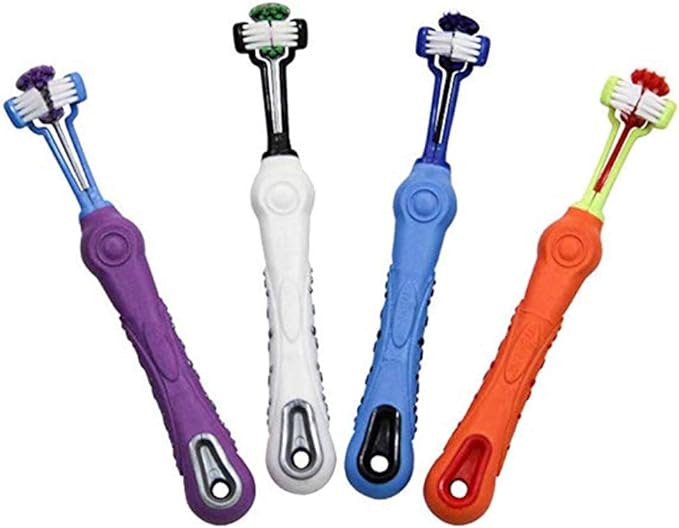  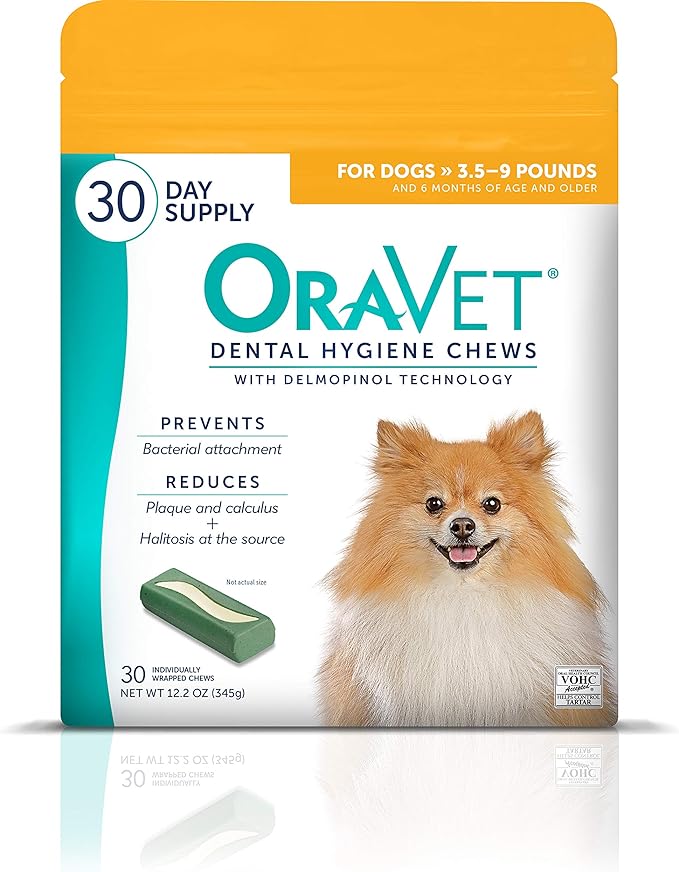 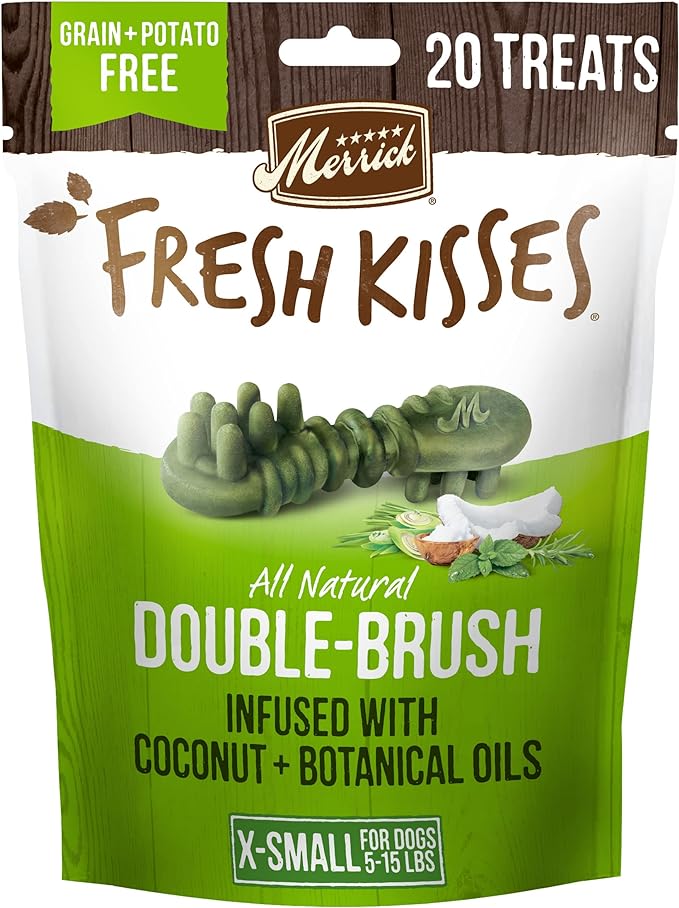 
Grooming:
Yorkshire
Terriers are a breed with only one coat. This implies they have no
undercoat and only one layer of hair, similar to humans. This is, of
course, why Yorkshire Terriers are an excellent alternative for those
who are allergic to dogs. Yorkie fur does not shed and spreads
allergens around the house. Another advantage of Yorkie hair is that it
sheds very little to none, so you won't have dog hair all over your
house or clothes.
Although Yorkshire Terriers are a
single-coated breed, the texture of their coat varies. Some Yorkies
have a thicker, cottonier coat, which is not desirable and certainly
not suitable for the show ring. However, because it is a little thicker
and fluffier, this sort of coat may be charming in a puppy cut. The
display coat, which is smooth and silky, lustrous and luscious, is what
I breed for at Setareh Yorkies. This coat is relaxing to pet whether
you keep it long or short.
Pin brushes and steel combs are my go-to grooming equipment for my
Yorkshire Terriers.
If
you decide to groom your own dogs and want to shave them yourself, it
is entirely possible and you should give it a try. Remember that your
dog is still learning and may not always appear the way you desire.
Also, go gently with your dog so they don't become scared.
Wahl
Professional Animal Bravura Cordless and Andis Clippers are the
clippers I favor.
Make
sure the hair around their eyes is kept short or in a top knot so it
does not get in the way of their vision. You should also keep their
toilet regions clean by clipping them short. The Wahl clippers are
smaller and cordless, making them ideal for use on more delicate
regions.
Caring
for Yorkie Ears
Yorkie
puppies' ears are shaved starting at 4 weeks of age, and the small
clippers are the perfect tool for the job. Yorkshire Terriers have
floppy ears at birth, but they normally stand up with time. However,
because the calcium is traveling to their teeth instead of the ear
cartilage, they may flop back down when stressed or during teething.
You may do a few things to help your ears stand up again. One option is
to cover their ears with tape. This is a regular procedure that causes
no harm to the dog. The tape aids in erecting the ear so that the
cartilage may correctly develop in an upright posture.
Yorkshire
Terriers should have their ear hairs removed every 4 to 6 months. If
you take your dog to the groomer, make sure to ask them to pluck the
ear hairs; they are trained to do so. Also, the hair on the upper third
of the ears should be kept very short so that the weight of the hair
does not dominate the ear cartilage and cause it to flop.
Ears
should be cleaned once a week with an ear cleaner made for dogs and a
cotton ball.
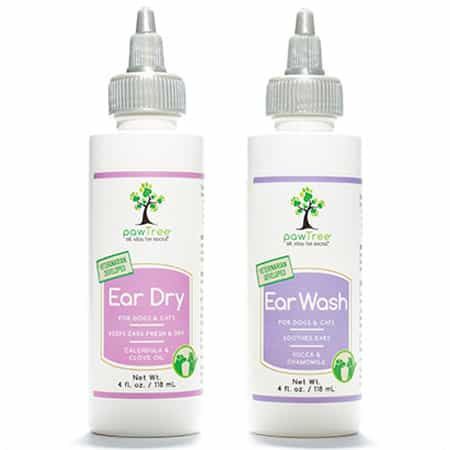
Nail
Trimming:
Starting
at 4 weeks old, your puppy's nails are cut every two weeks until it
goes to its new home. To ensure that your Yorkshire Terrier's nails do
not get too long, examine them at least twice a month. If your Yorkie
spends a lot of time outside and is in and out of the home, its nails
may not need to be clipped as frequently. Remember to inspect both the
front and rear feet, as they might wear unevenly and you can miss the
larger nails at the back.
If
you trim the nail too short, it will bleed and cause discomfort to your
dog, so have some styptic powder on available and apply a liberal
quantity to the bleeding nail while holding it tightly. Be mindful that
your dog may become suspicious of nail cutting sessions in the future,
so go slowly the next time you clip their nails.
If
you keep up with your nail cutting, a common rule is to only remove the
tip right before it begins to curl.
Of
course, you may always have your groomer take care of your nail
clipping.
Bathing:
Many
individuals are unaware of the benefits of washing their dog on a
regular basis. Bathing your dog too frequently depletes the epidermis
of essential natural oils that nourish and condition the skin and hair.
Bathing
your dog twice a month is recommended, with spot cleaning in between.
Of course, a wash is required if your dog becomes exceptionally filthy
or stinking. I recommend Isle of Dogs or Plum Silky shampoo and
conditioner since it is the best I've discovered.
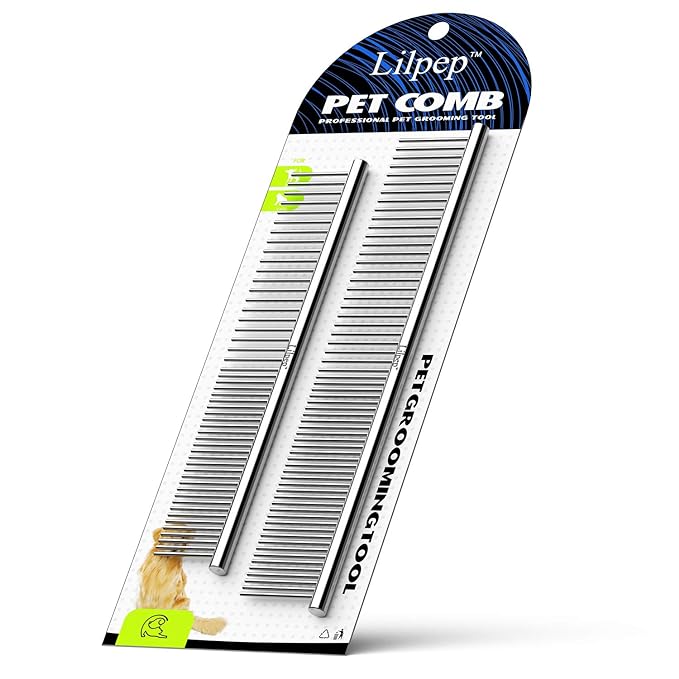 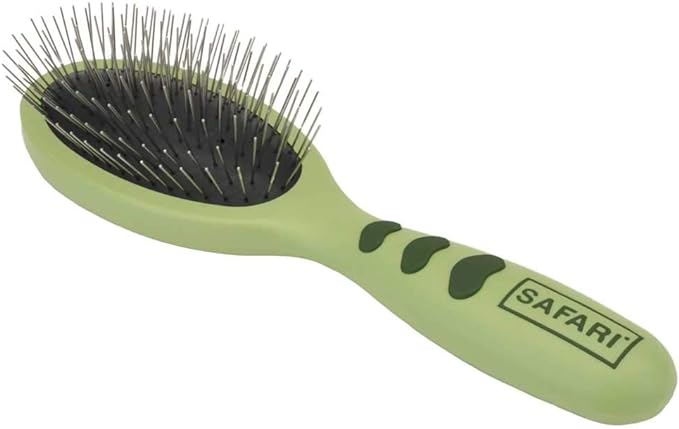 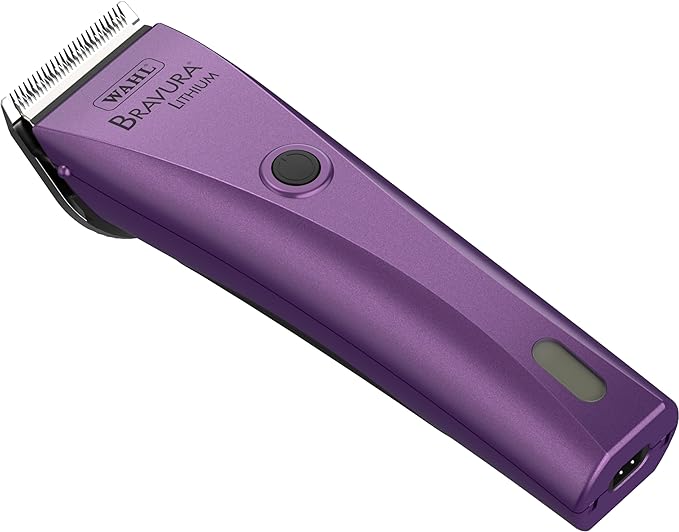    
As an Amazon Associate, We Earn from Qualifying Purchases
|
 most popular dog breeds, and it's simple to
understand why! They are adaptive, friendly, and hypoallergenic.
most popular dog breeds, and it's simple to
understand why! They are adaptive, friendly, and hypoallergenic. inistering
Pedialyte via a dropper. B vitamins can help to increase appetite. As
your puppy's health improves, he'll start eating on his own, and you
may gradually resume feeding him his usual food.
inistering
Pedialyte via a dropper. B vitamins can help to increase appetite. As
your puppy's health improves, he'll start eating on his own, and you
may gradually resume feeding him his usual food.

 Food:
Your puppy has been eating Paw Tree Chicken & Oatmeal Recipe. Paw
Tree Chicken & Oatmeal Formula is formulated with select
ingredients to help your puppy grow and thive. With Paw Tree, you
can be confident that you're feeding advanced nutrition to help your
puppy achieve and maintain optimal health.
Food:
Your puppy has been eating Paw Tree Chicken & Oatmeal Recipe. Paw
Tree Chicken & Oatmeal Formula is formulated with select
ingredients to help your puppy grow and thive. With Paw Tree, you
can be confident that you're feeding advanced nutrition to help your
puppy achieve and maintain optimal health. 






















